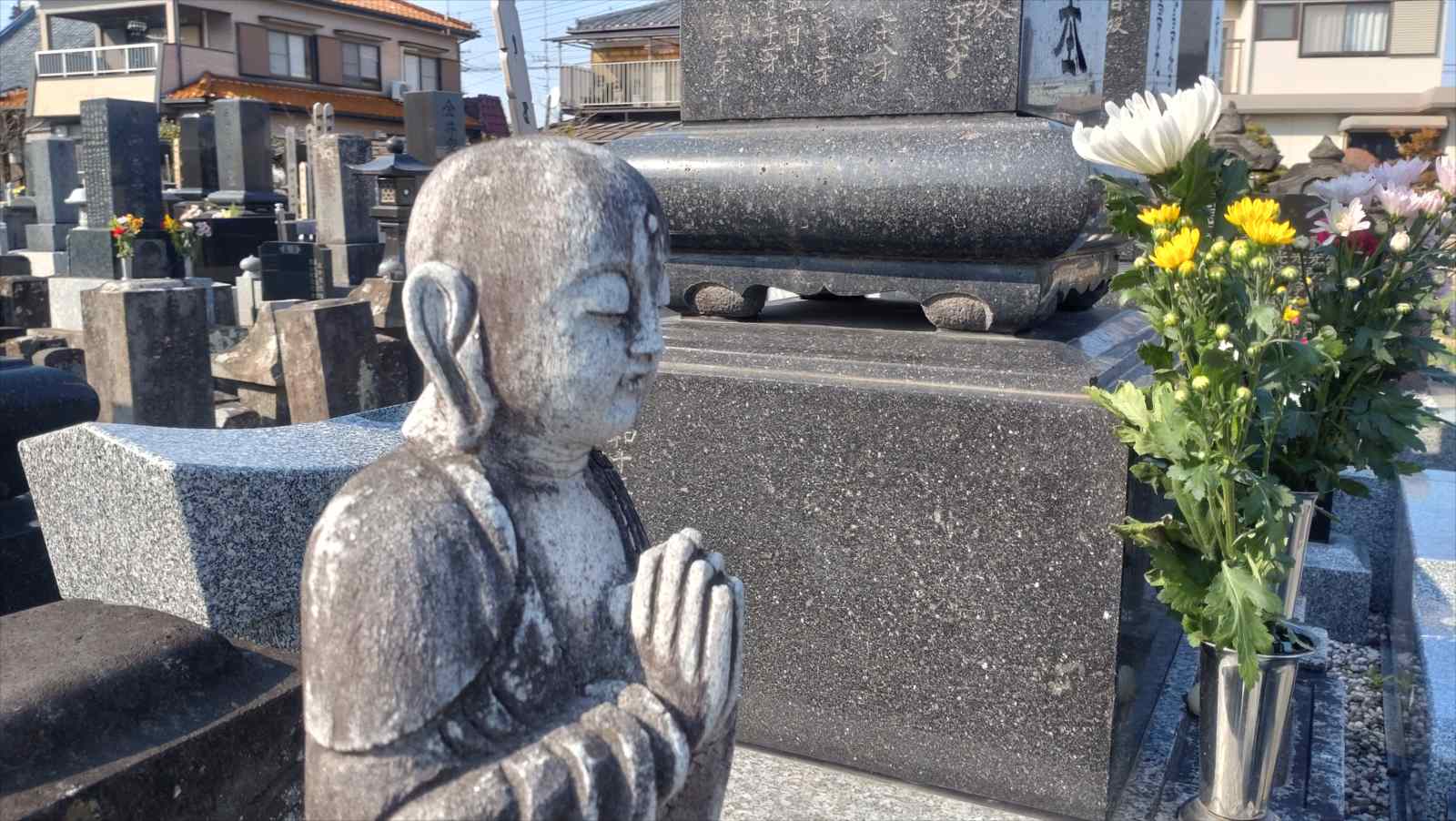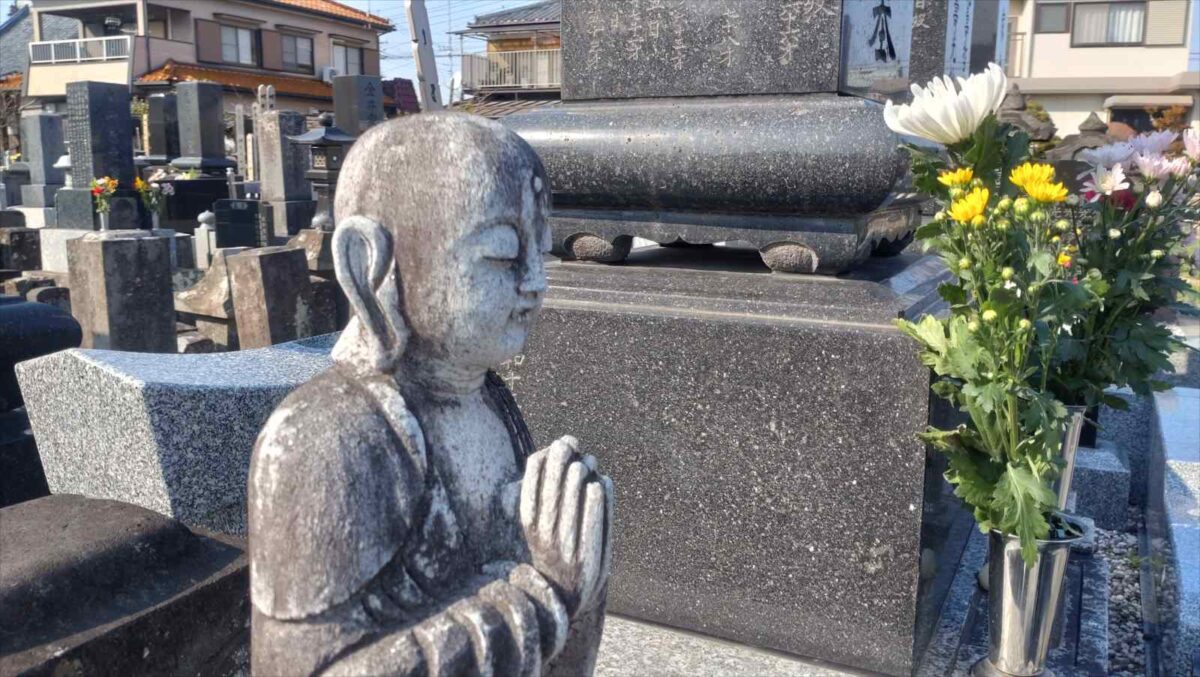
Thinking back to a certain Sunday in March, I decided to jot it down as a diary entry.
Another week, another round of planting corn. This time, it was in the greenhouse a few hundred meters from my parents’ place. I got the seedling pots ready and tidied up the area where I’d be working, just waiting for Dad to bring the seeds over.
I glanced next to me and saw the seeds we planted last week already sprouting and looking lively. Dad said they’d be ready to transplant in just a few days.
Corn Sprouts from Last Week
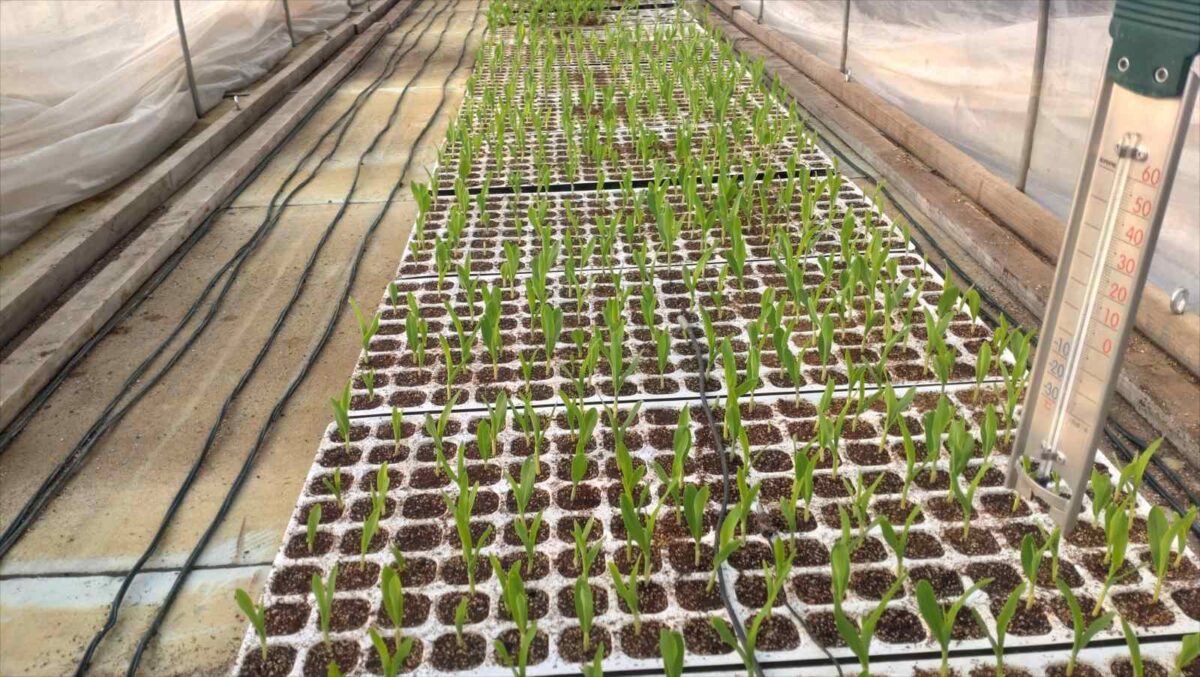
I wondered where Mom had gotten to. Turns out, she was making dango (Japanese dumplings made from rice flour) before coming over. Seeing the flowers in the bucket by the front door as she left must have reminded her that we make dango for O-higan (the equinoctial week).
While I was feeling a bit uneasy about things, Dad was just getting on with the work, not seeming to notice anything. So, I figured I’d just follow his lead. I grabbed about twenty seeds in one hand and started planting them one by one in the pots. I might have actually gotten the hang of this last week, if I do say so myself.
Mom joined us when I was about halfway done. Seeing how much I’d already done, she said, “You’re quick!” And Dad chimed in, “Yeah, 2号’s fast. He finishes two trays while I’m doing one!”
Instead of just agreeing, Mom changed the subject. “Hey, the seeds 2号 planted last week have already gotten this big!” she said.
I felt a bit like an elementary school kid being praised for helping out, which made me feel awkward. I just replied with a simple, “Yeah,” and kept working. It’s funny, I don’t even remember having these kinds of interactions back when I still lived at home, so it feels extra strange now.
After finishing the planting
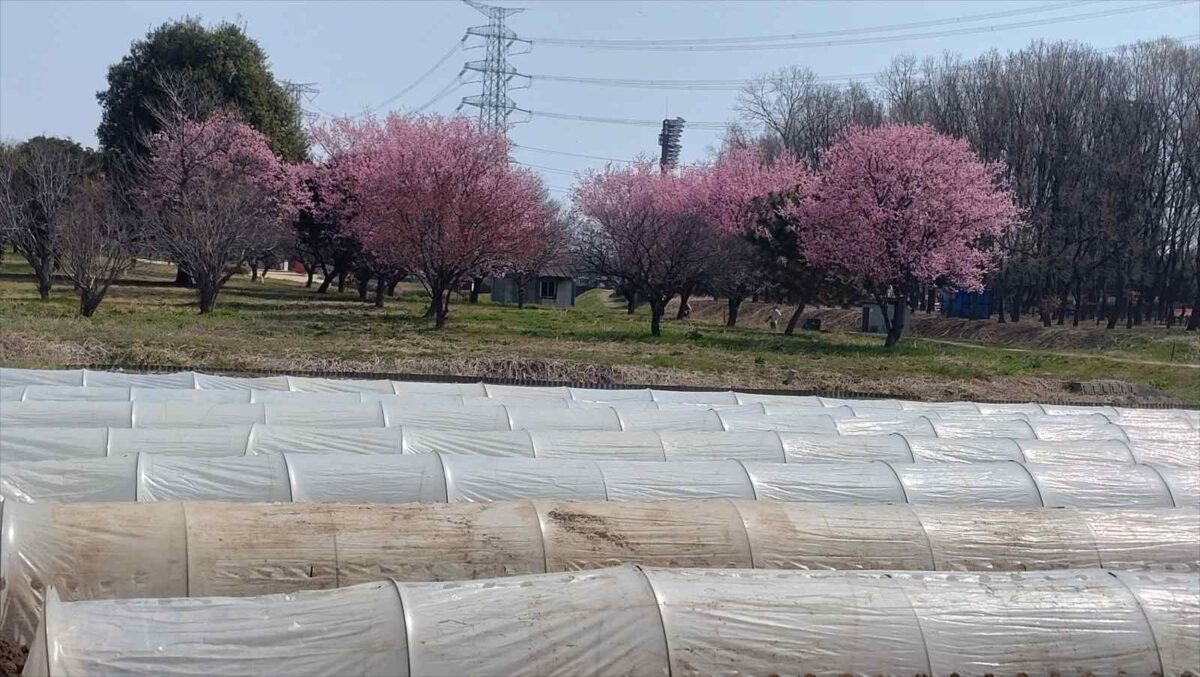
I took a moment to look at the Kawazu cherry blossoms blooming near the other field before walking back to the main house to take over lunch duty.
Mom, who arrived at the field late, mentioned that her dango hadn’t turned out round. When I went into the kitchen, there was a container with some lumpy things that looked like they’d been kneaded and boiled. Empty bags of katakuriko (potato starch) and strong flour were on the table. I’d kind of expected something like this, but seeing it firsthand really made me think about the progression of her cognitive state.
When Mom finally came back, I said, “Maybe the flour was different, so they didn’t roll well.” Then I took some komeko (rice flour) out of the cupboard and suggested we make some together after lunch. She agreed, but for some reason, she looked sad. I guess she’s trying to come to terms with her current situation in her own way, which makes things complicated for me as her son.
After making and cleaning up after lunch, I was dozing off when Mom came to tell me, “They’re saying we’re going to visit the graves at three o’clock.” She must still be worried about the dango-making time, I thought, as I got up from the sofa and went to the kitchen.
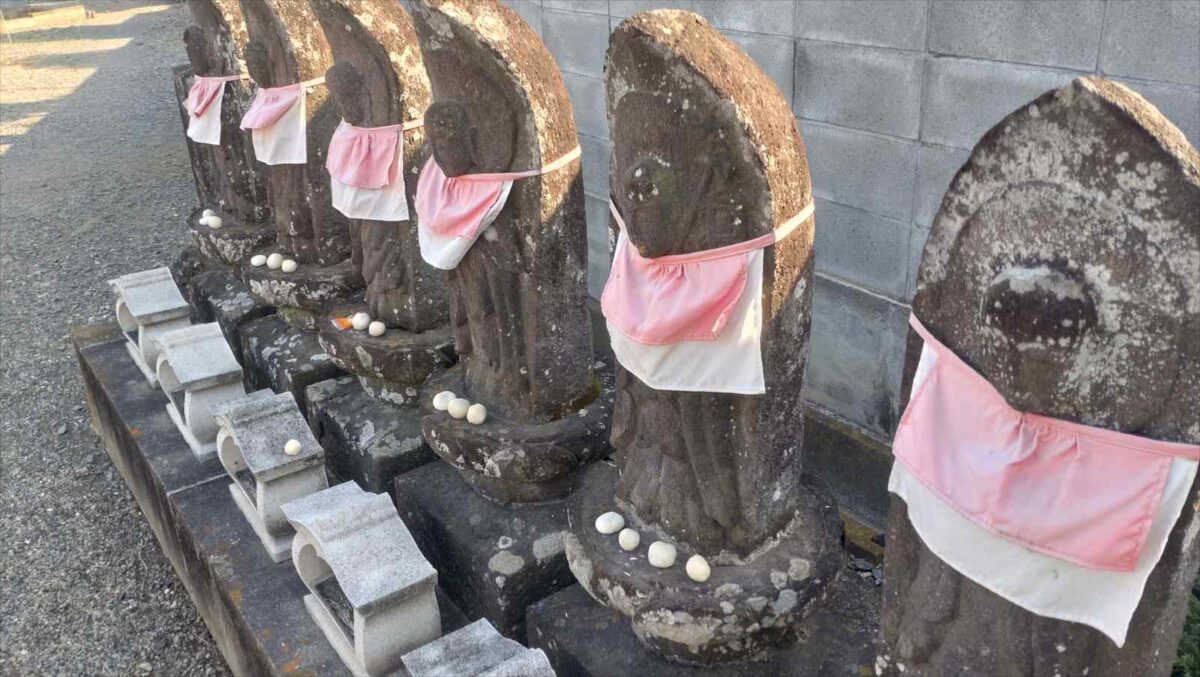
Standing next to her, I asked, “How do you make dango?” while actually recalling the recipe I’d looked up beforehand. I started kneading the rice flour. Then, I divided it into roughly equal pieces and handed them to Mom to roll. I just fixed the ones that were too misshapen, and before I knew it, we had all the dango we needed.
Visiting the family graves is something we do within our local community. Even dealing with the graves of relatives who live far away and can’t maintain them themselves, it doesn’t take more than an hour on foot from leaving the house to returning. The lively grave visits with a big family of over ten people used to be the norm, but now it’s just Dad, Mom, my son, and me.
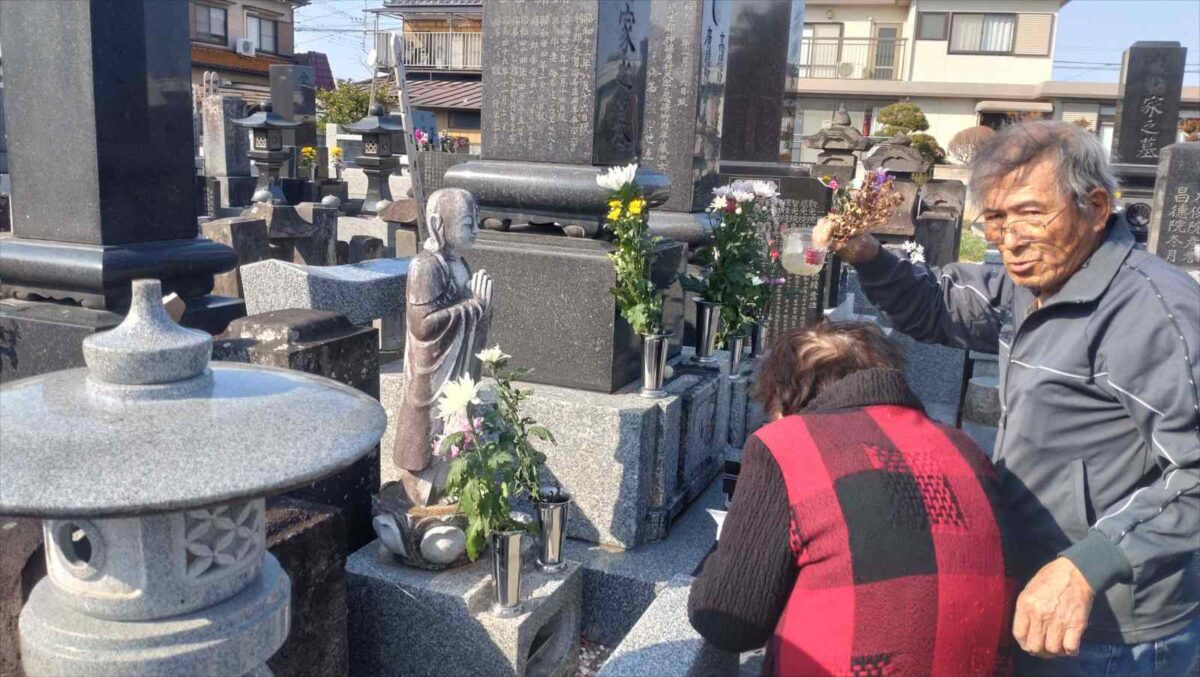
O-higan
To be honest, I’d even forgotten about O-higan. Still, while making the dango, I started thinking about dinner. Even though we just had it for Setsubun (the day before the start of spring), I decided on futomaki (thick sushi rolls) and inarizushi (sushi rice in fried tofu pouches). I settled on the menu I remembered eating during O-higan from my childhood memories.
…Wait, that’s not quite right.
Whether it was O-higan or other seasonal festivals, that was pretty much always the meal at family gatherings at my parents’ house. When I was a kid, I have this distinct memory of my mother and grandmother side-by-side, rolling sushi and stuffing inarizushi. It’s strange how those scenes stick with me. Last year for Momo no Sekku (Girls’ Day), Mom asked me to help, and I made inarizushi for the first time by just watching what she did. I’ve made rolled sushi and inarizushi two or three times since then, and every time, the same scene pops into my head.
And it’s a real shame, but… the inarizushi I made still didn’t taste as good as the ones Mom used to make.
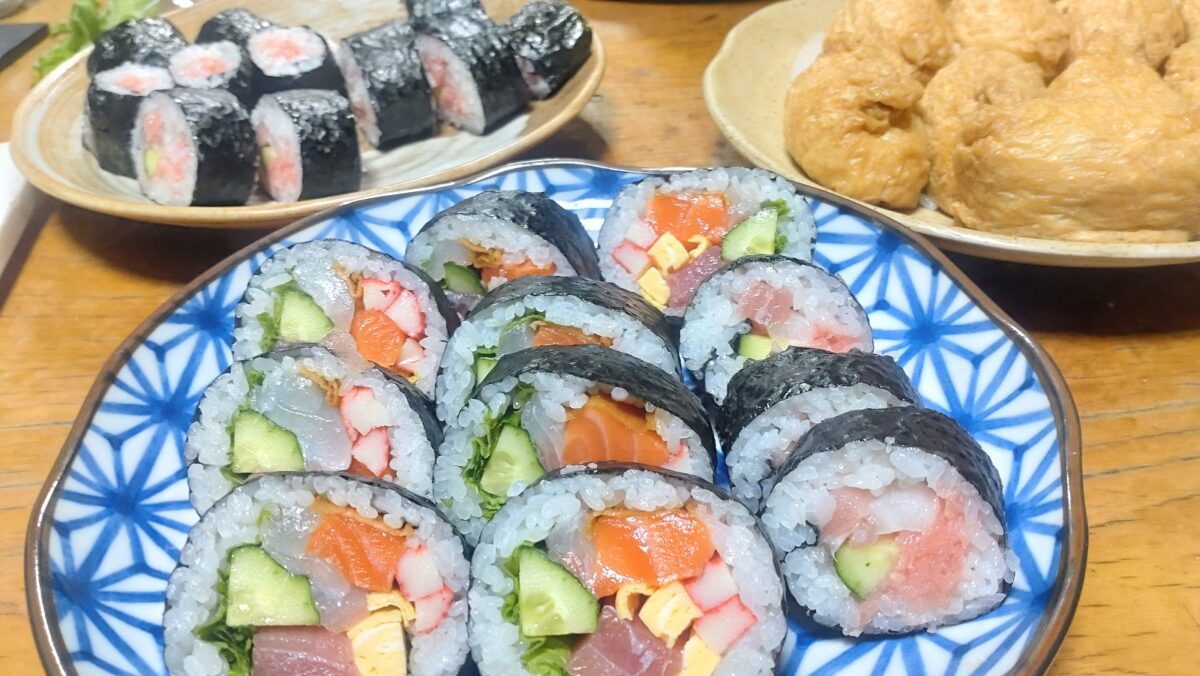
Additional information:
- O-higan (お彼岸): This is a Buddhist holiday observed in Japan during both the spring and autumn equinoxes. It’s a time to visit family graves, offer prayers for ancestors, and spend time with family. Making and offering dango (sweet rice dumplings) is a common practice during O-higan.
- Dango (団子): These are small, round dumplings made from rice flour. They come in various types and flavors and are a popular snack and offering in Japan.
- Setsubun (節分): This is a day in early February marking the division between winter and spring in the old calendar. It’s often associated with rituals to drive away evil spirits and welcome good fortune, such as throwing roasted soybeans (mame-maki) and eating special foods.
- Momo no Sekku (桃の節句): Also known as Girls’ Day or the Peach Festival, this is celebrated on March 3rd. It’s a day to pray for the health and happiness of girls and is often marked by displaying dolls and eating special foods like chirashizushi (scattered sushi) and hishimochi (diamond-shaped rice cakes).
- Katakuriko (片栗粉): This is potato starch, commonly used in Japanese cooking as a thickening agent.
- Komeko (米粉): This is rice flour.
- Futomaki (太巻き): These are thick sushi rolls with various fillings.
- Inarizushi (稲荷寿司): These are sushi rice stuffed into seasoned fried tofu pouches.

